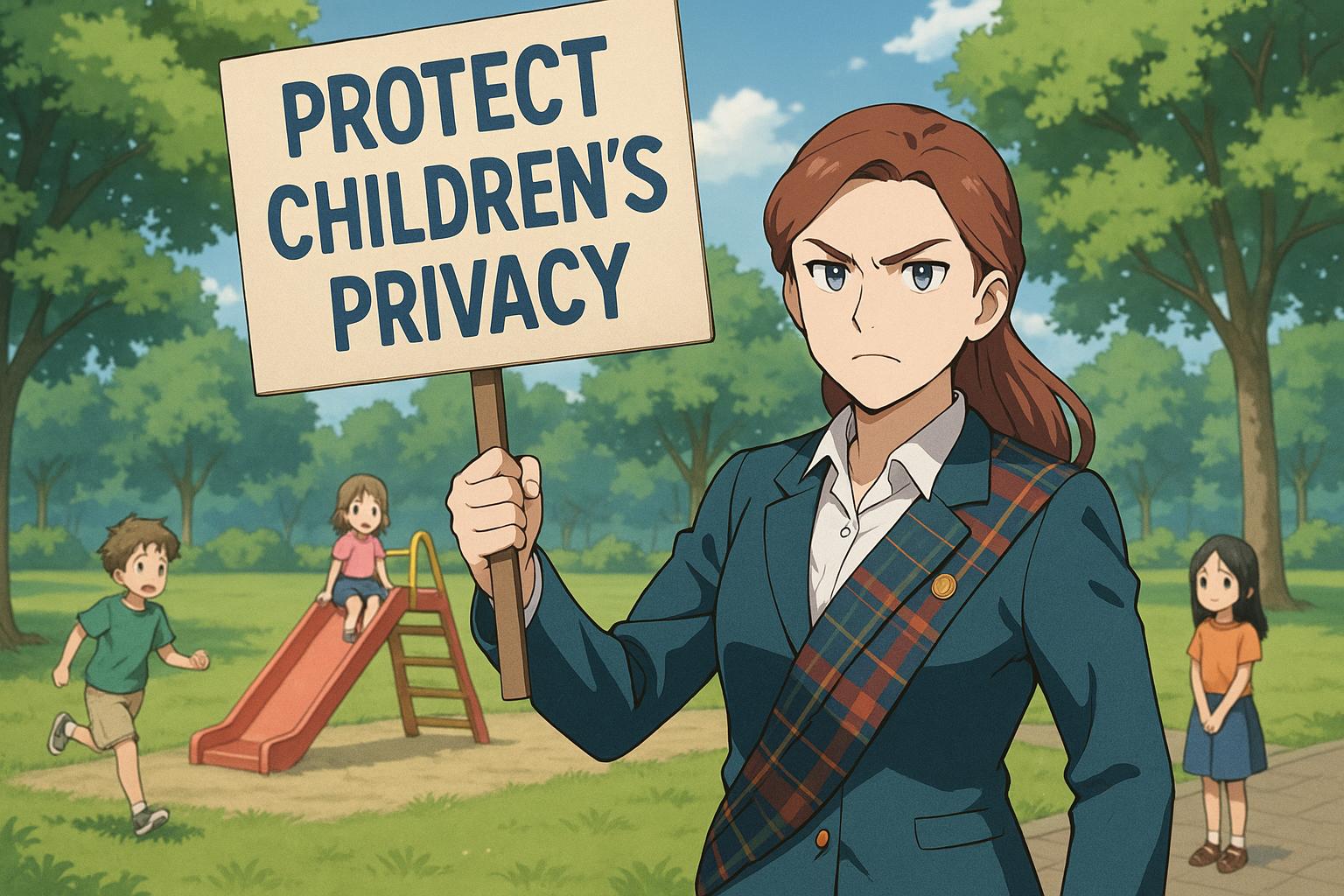Concerns surrounding the safety and rights of children in public spaces have intensified, prompting calls for significant legislative changes regarding non-consensual photography of minors in Scotland. Recent reports have surfaced of suspicious behaviour at parks, with adults allegedly photographing children without parental consent. This has alarmed local communities, leading to demands from officials for stricter laws to safeguard children’s privacy.
A prominent voice in this debate is Jamie McGuire, a Scottish Labour councillor representing Renfrew North and Braehead. He has called for the act of photographing children without consent to be classified as a criminal offence, highlighting incidents reported at Robertson Park in Renfrew. "One of the most disturbing reports is that individuals have been taking photographs of children in the park," McGuire emphasised in statements to the Scottish Daily Express, categorising this behaviour as “completely unacceptable”. He reinforced the necessity for increased police presence in the park, stating that families must feel secure while their children play.
This call for heightened attention is timely, given similar concerns raised across various regions in Scotland, including Drumchapel and Edinburgh. Community discussions have erupted on social media platforms, raising the alarm over reported incidents of adults behaving aggressively toward children while seeking to photograph them. McGuire's statements came as Police Scotland confirmed they had increased their patrols in response to these reports. Notably, recent charges were brought against two men in Paisley for a "breach of the peace" related to troubling incidents at Barshaw Park.
The issue of children’s privacy in public spaces has gained further urgency with the launch of a petition aimed at the Scottish government, demanding that non-consensual photography of children be illegal. This initiative, supported by advocates and concerned citizens alike, cites alarming statistics from a 2018 University of Cambridge analysis, which revealed that children under 13 are often victims of privacy violations owing to the lack of comprehensive legal protection.
Further incidents outside of parks have contributed to this growing unease. A mother recently expressed her horror after men were found taking secret photographs of her daughter while they were shopping at Glasgow’s Buchanan Galleries. When confronted, the men deleted the images, but the mother was distressed to learn from police that their actions did not constitute a criminal act. This incident has ignited renewed discussions about the need for legal reforms to protect children’s rights to privacy in public.
The statistics supporting the urgency of these reforms are sobering. Over the past five years, Police Scotland has recorded more than 3,000 offences related to child sexual abuse imagery. Such figures underscore the necessity for robust protective measures, particularly in an era marked by increasing digital surveillance and public recording capabilities. The NSPCC, among others, has urged for enhanced protections, especially concerning popular social media platforms where many of these crimes are reported to occur.
Civil discourse on this subject has also touched upon broader issues of inclusion and representation. The recent controversy regarding a photography firm that unintentionally excluded children with additional support needs from school photographs speaks to ongoing challenges in ensuring that all children feel valued and included in public representations. First Minister Humza Yousaf has publicly condemned this practice, describing it as “shameful”, and called for systemic changes to prevent similar occurrences in the future.
Amidst these evolving discussions, the imperative to create a safe environment for children in public spaces has never been clearer. As community leaders and advocates push for stricter regulations against the unsolicited photographing of children, the focus remains on fostering a sense of security and respect for privacy. Ensuring that children can enjoy parks and public spaces without fear or threat is a goal that resonates deeply across Scotland’s communities.
Reference Map
- Paragraphs 1, 2
- Paragraphs 3, 4, 5
- Paragraph 6
- Paragraph 7
- Paragraph 8
- Paragraph 9
- Paragraph 10
Source: Noah Wire Services
